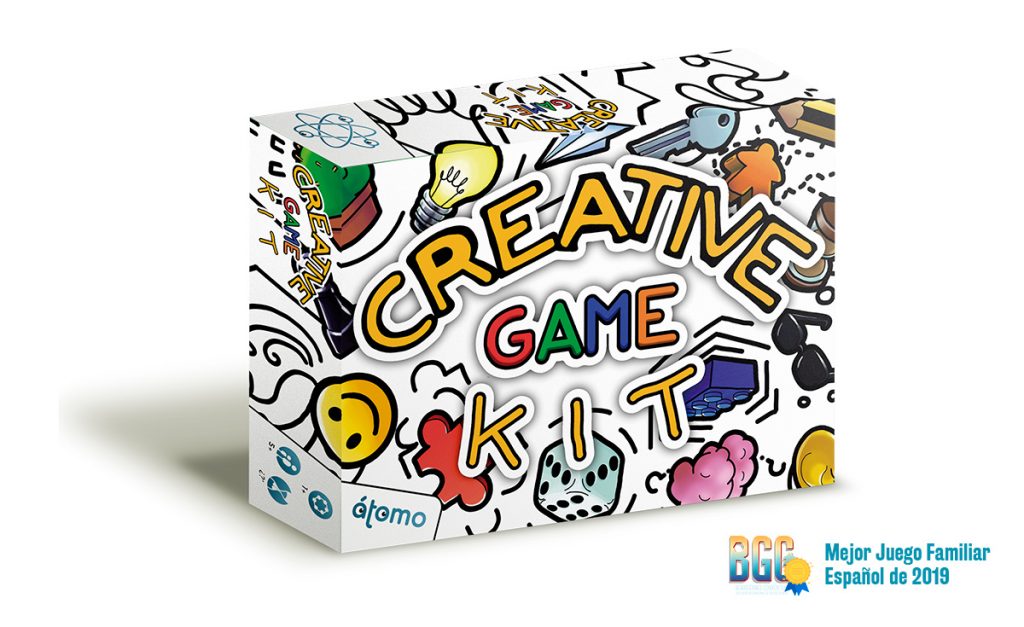Game design is a fascinating field that combines creativity, technical skills, and problem-solving. For students interested in alternative schooling and education paths, game design can be an exciting avenue to explore. Here are 15 key aspects of game design that every aspiring designer should know:
1. **Creativity:** Game design is all about creativity. From coming up with unique game concepts to designing characters and worlds, creativity plays a crucial role in every step of the process.
2. **Storytelling:** A compelling story can elevate a game from good to great. Game designers need to have strong storytelling skills to create engaging narratives that keep players hooked.
3. **Game Mechanics:** Understanding game mechanics is essential for designing enjoyable gameplay experiences. Designers must think about how players will interact with the game world and what challenges they will face.
4. **User Experience (UX):** Good UX design ensures that players can easily navigate through the game without frustration. Aspiring designers should focus on creating intuitive interfaces and smooth gameplay experiences.
5. **Art and Animation:** Visual elements play a significant role in shaping the overall look and feel of a game. Students interested in game design should develop their art and animation skills to bring their creations to life.
6. **Programming:** While not all game designers need to be expert programmers, having basic coding knowledge can be beneficial for implementing ideas and troubleshooting issues within the game.
7. **Sound Design:** Sound effects and music contribute immensely to the atmosphere of a game. Understanding sound design principles can help designers create immersive gaming experiences.
8. **Balancing Difficulty Levels:** Finding the right balance between challenge and fun is crucial in game design. Designers must adjust difficulty levels to ensure players are engaged without feeling frustrated or bored.
9..**Feedback Mechanisms**: Implementing feedback mechanisms allows designers to gather insights on how players are interacting with the game, enabling them to make necessary adjustments for better user experience
10..**Iterative Design Process**: Game development often involves multiple iterations before reaching the final product.Aspirants should embrace this process as it enables continuous improvement based on feedback
11..**Industry Trends**: Staying updated with current industry trends helps aspiring designers understand player preferences, technological advancements,and emerging opportunities in the gaming market
12..**Collaboration Skills**: Effective communication along with teamwork among different disciplines like artists,coders,and writers,is key for successful collaboration throughout various stages of development
13..**Testing & Debugging**: Regular testing helps identify bugs or glitches which could affect gameplay experience.Designers should be thorough when debugging issues during development phases
14..**Publishing & Marketing**: Knowledge about publishing platforms,digital distribution channels,and marketing strategies proves essential for promoting games effectively once developed
15..**Passion & Perseverance**: Lastly,having passion for gaming coupled with perseverance through challenges encountered along your journey as a designer will drive success towards achieving your goals
In conclusion,game design offers an exciting career path filled with opportunities for creative expression,inventive problem solving,and technological innovation.Students interested in pursuing alternative education pathways within this field should cultivate these essential skills outlined above while exploring their unique talents within this dynamic industry.

Leave a comment